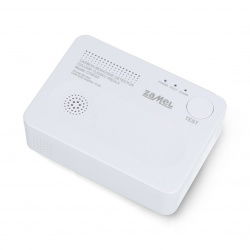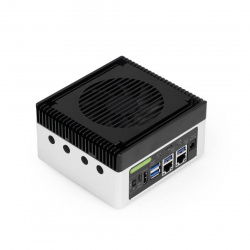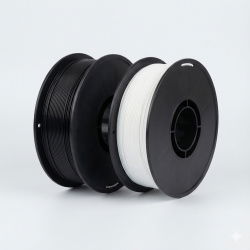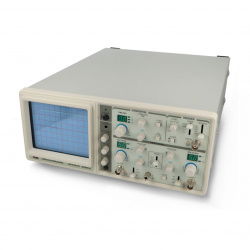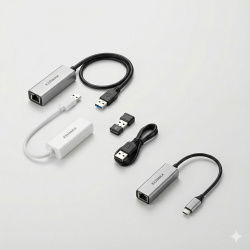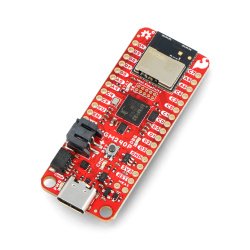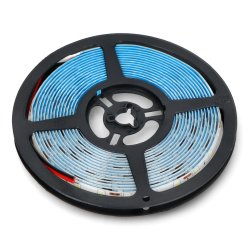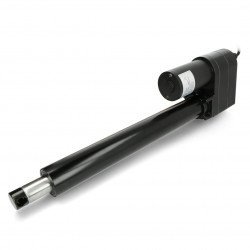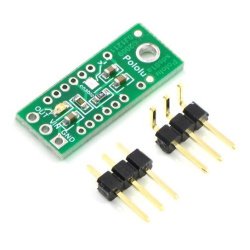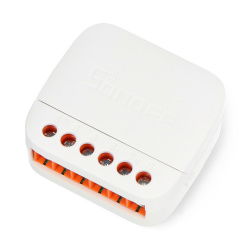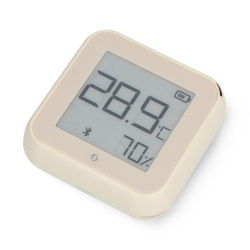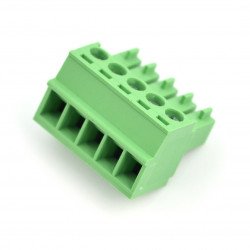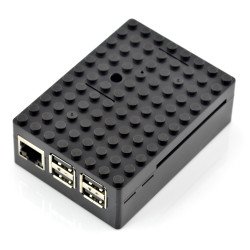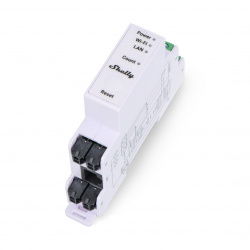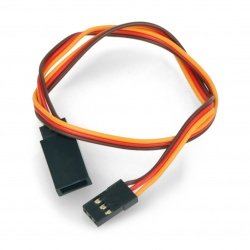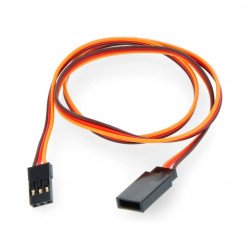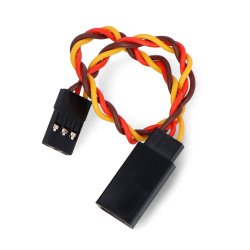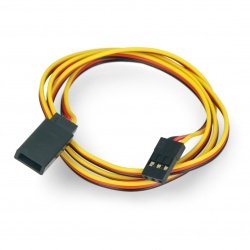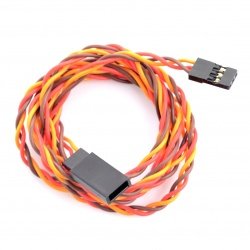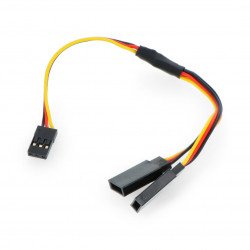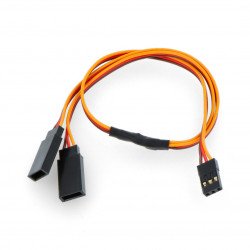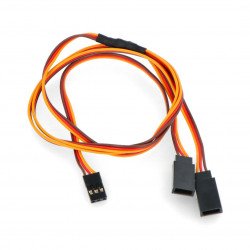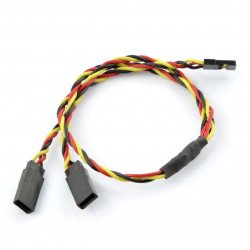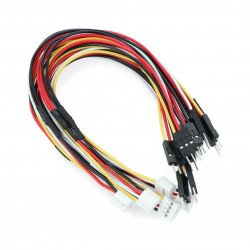The types of servos
At the time of purchase servo our model with remote control, us a choice of two types of flow - analogue or digital. Choosing the classic analog servo, the signal from the receiver is processed through the internal circuitry of the electronics to voltage, depending on the inclination of the joystick on the transmitter. During control the position of the reducer is conjugated by means of a potentiometer changes the resistance between the end of the track support, and challenge. The motor is controlled by PWM signal, that is, the difference of the position of the cross and of the current. The frequency of the signal in this type! is 50 Hz.
Servo digital
The second type of servo, we can choose a digital servo. The main difference in this solution includes a microcontroller that we can program, for example, to expand the range of motion or speed. The said microcontroller automatically compares the current position of the servo with a preset for thrust. Frequency that has the servo is more than 300 Hz. In practice, this means a reduction of the duration of each pulse is less than one signal period. By choosing the type of servo, should be guided by specific criteria - if we depend on high precision, speed and short response time, let's choose digital servo. If the mechanism should serve us for use in Amateur and does not require high parameters, select analog.
Groups of servos
In General, we can distinguish three groups of servos - micro, mini and standard. Micro serwomechanizmy weighing up to 10g used, usually in small patterns and usually have plastic gears. Mini! weight about 25 g, in most cases, used metal gear or CARBON fiber. They are able to transfer large moments of force than the micro version. Servo standard, this in turn big decisions about weighing about 50 g is widely used in models of large dimensions. Each servo, but it is necessary to connect, so we invite you to our section of the wire, servos, where You'll find a wide assortment of cables and rozgałęziaczy!
































































































































































































































































































































